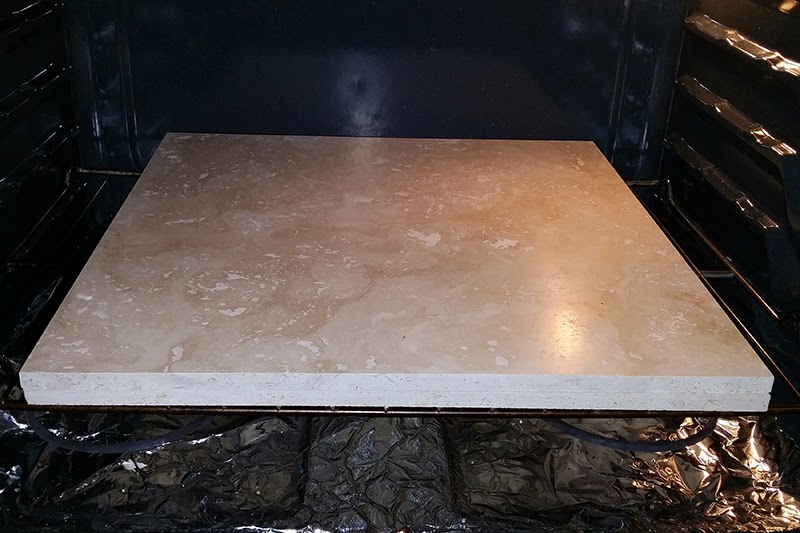(Scroll to the bottom to order your own Wasatch Willy Sourdough Starter.)
Sourdough Starter is not like your fast acting yeast you purchase at a grocery store which is why I like it so much. It's an all natural product from nature which has been untouched by science.
The other day I made two batches of bread. One was sourdough using Wasatch Willy and the other was wheat bread made from fast acting yeast. Time from mixing the dough to the oven:
Sourdough Bread - about 15 hours
Fast Acting Yeast Bread - about 4 hours
I send out my starters in small sealed packets which contain a teaspoon of dried sourdough starter. The natural yeasties in the starter shut down and protect themselves as they are exposed to the air and they begin to dry out. When they are re-introduced to water and flour they begin to slowly spring back to life.
It is not unusual for dried sourdough starter to take 3 or more days to fully re-activate.
A customer in Canada recently contacted me because his Wasatch Willy was not activating. It was bubbly and had the smell but was not rising. He used filtered water instead of bottled as I suggest in my instructions.
Below are pictures of my recent activation from dried granules. Today is Day Three.
Step One:
Place 1/2 cup "Bottled" water that is at room temperature into a quart jar. I used a 40 ounce peanut butter jar.
Pour the starter granules into the water, stir a little and let them sit for 15 minutes.
Pour 1/2 cup unbleached white flour into the jar and stir again. Cover loosely and let sit for 12 hours. Leave it on your countertop.
Step Two
After 12 hours stir and pour out half the starter and discard. Now add 1/2 cup flour and 1/2 cup water and stir. Cover and let sit for another 12 hours.
Step Three
By this time your starter has been percolating slowly for 24 hours. Remove the lid and take a wiff. Ah! So good! Give it a stir. Does the starter feel stringy? It should be stringy at this stage.
Again, add 1/2 cup flour and 1/2 cup bottled water, stir and let sit twelve more hours. Are you bored yet? It is slow and tedious but the rewards are wonderful.
Repeat Step Three until the starter doubles in size.
Now that my Wasatch Willy is growing I can switch to filtered water or tap water. If you do decide to use filtered or tap water split your starter in two. One for bottled water and the other for the water you choose to go with. That way if your "other" water kills your starter all is not lost.
 |
| Wasatch Willy Day One Zero Hour |
 |
| Wasatch Willy Day Two - Third Feeding |
 |
| Wasatch Willy Sourdough Starter Day Three - after 5th Feeding. |
- - - - - - - - - - - - - - - - - - - - - - - - - - - - - - - - - - - - - - - - - - - - - - - - - - - - - - - -


To simplify the updating process of my blog entries I have created a single ORDER page you can go to by clicking here. As the blog slowly grows in size (a few posts each month) it becomes an arduous labor updating each and every one of them so hopefully this will make the pages easier to peruse and more enjoyable. Thank you.



















